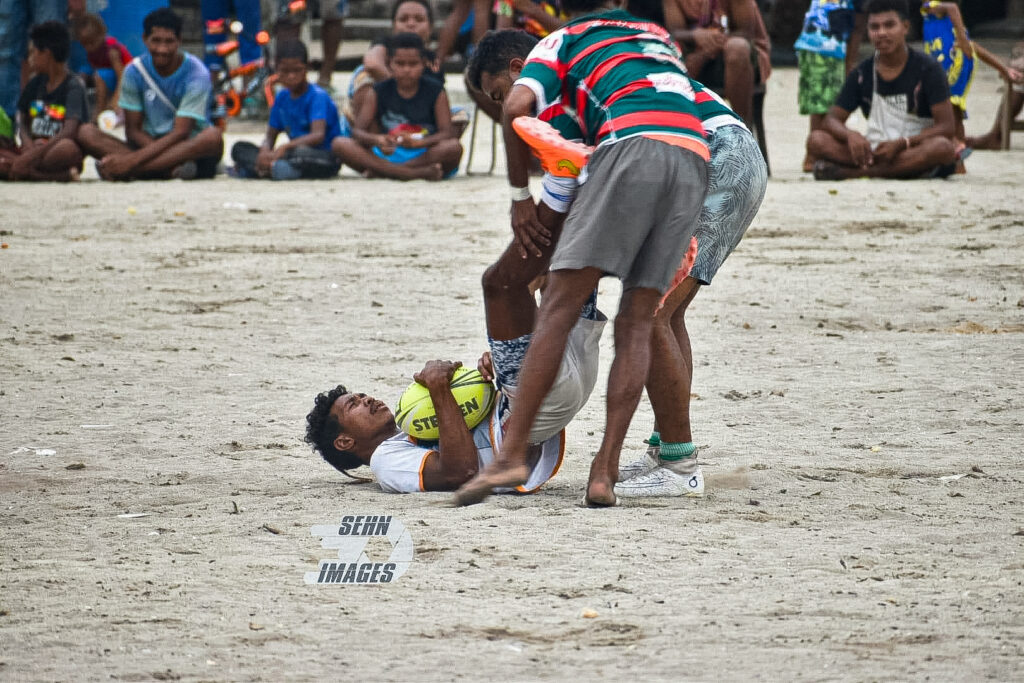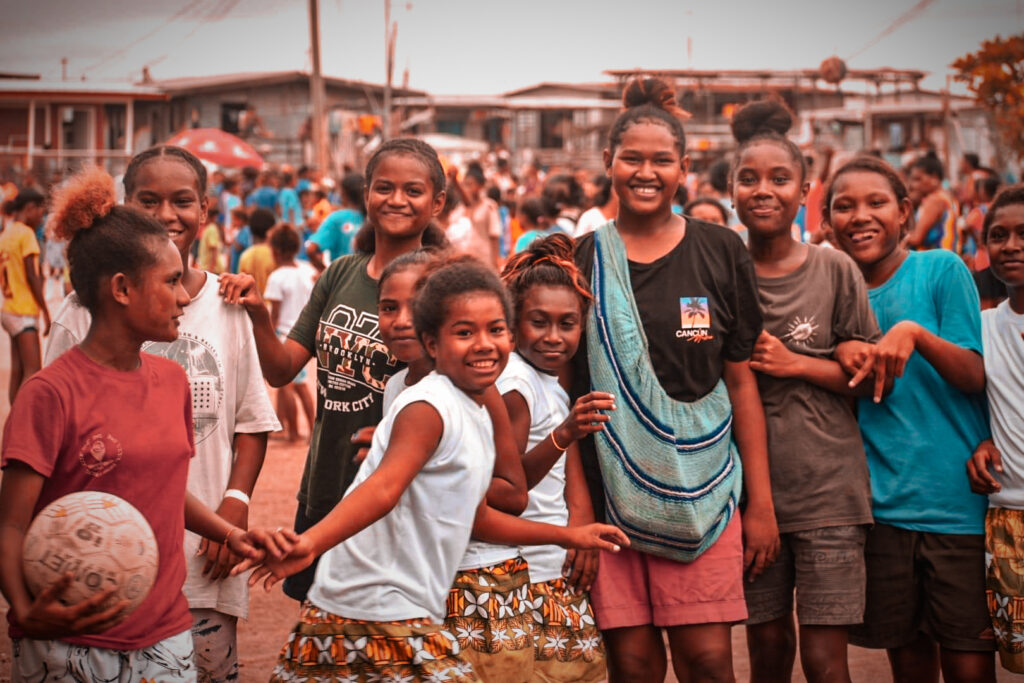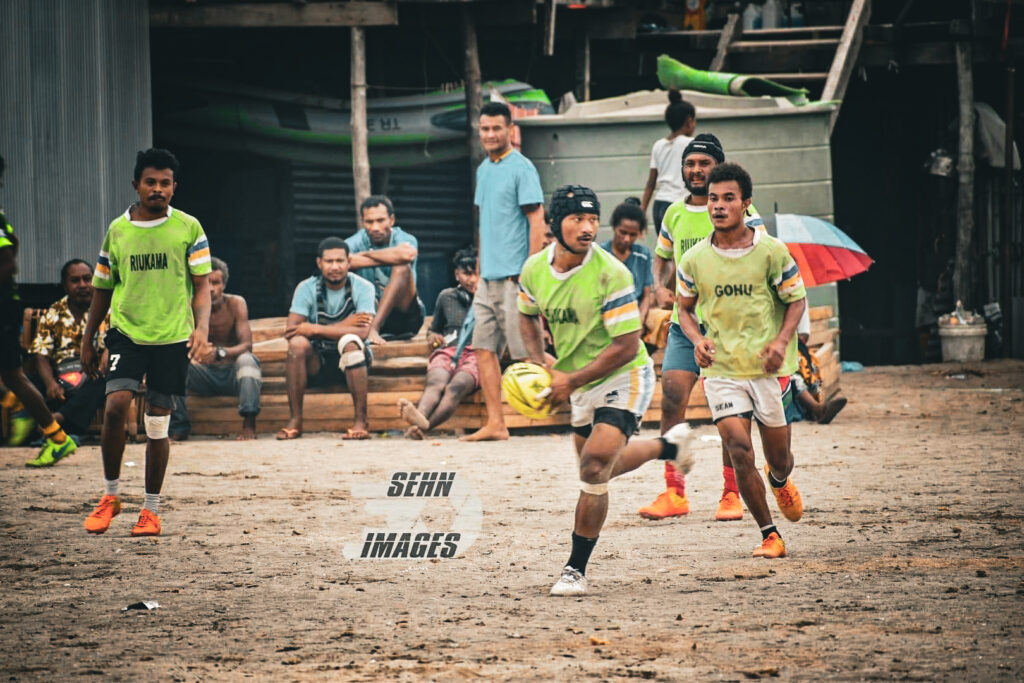From the White Sand Village
From the White Sand Village
- skerah
-
Post Views: 2,845
- No Comments
Porebada, a Motuan village in Papua New Guinea, holds a special place in the hearts of rugby league enthusiasts. The mere mention of its name brings to mind legendary players such as Mea Morea, Dairi Kovae, and Tara Gau, who were tough, agile, and revered for their impressive skills on the field. These players were all born and raised in Porebada, and it was on the village’s white sandy rugby field near the sea shore where they first donned their team jerseys.
In the 1980s, the DCA team, made up of players from Porebada, captured the hearts of fans at the Lloyd Robson oval in Port Moresby and during the Cambridge Cup era. Their electrifying performances on the field were a source of pride for the village and the entire country.
However, as time passed, the rugby field in Porebada has undergone changes. While it still exists, it has lost its pristine whiteness and the sand has become thinner. In recent images captured by Sehn Images, the field resembles a grassless cricket pitch in Asia rather than the sandy white beach it once was.
I still remember my first visit to Porebada, which coincidentally was also my first Scout trip out of Port Moresby. The journey to the village was dusty and the road was mostly unsealed, but it was an adventure in itself. The lack of development at the time gave way to the beauty of rural Port Moresby, with unique birds flying around, wallabies hopping, and wild pigs roaming along the roadside if one was lucky enough to spot them.
Our Scout group also had members who would one day also become rugby league stars themselves. One name in particular was the legendary Philip Boge.
During my stay, I was fortunate to be hosted by my cousin Morea, a Senior Scout member himself. He had informed us the night before that Saturday was their highly anticipated sports day. The girls would be competing in netball, while the boys would be showcasing their skills in rugby league. The entire village came to a standstill in the afternoon when the senior teams took the field. Each team had their own star players, who were revered as the best in the village. These players were the pride of Porebada and formed the highly esteemed Porebada DCA Bulldogs team.
At the time, I was not particularly interested in rugby league, but my curiosity was sparked when I witnessed the incredible speed and agility of Mikes Arere. I had never met him before, but he was a captivating player to watch. His barefoot runs on the sand were truly impressive.
The people of Porebada had a deep love for football and took immense pride in their DCA team. Looking at the images republished here on Skerah, I am transported back to the warm memories of these lovely people and their unwavering support for DCA in the tough Port Moresby rugby league competition. They would even fill up trucks to watch their beloved team play at Boroko. A colleague once shared with me that when DCA had a game at the Lloyd Robson Oval, the village would be deserted and you could hear a pin drop. That’s how passionate they were about their team.
My next encounter with Arere was at the PRL, this time in boots and donning the DCA colors (Him in boots not me :). I was up on the stands.
Arere faced tough competition from another speedster, Pukari Ovasuru from Hobar Wests. Both Wests and DCA dominated rugby league in the 1980s, and the match-up between Arere and Ovasuru was always one to watch out for.
The name Porebada has a significant meaning, as it can be divided into two parts. “Pore” translates to “sand bank” and “Bada” means “big,” thus representing a large sand bank. This description perfectly captures the landscape on which the village was established – a vast, stretched white sand bank. Another term often used in the area is “Miri Kuro,” which directly translates to “White Sand.”
Located approximately 28km west of Port Moresby, Porebada can be reached in just 40 minutes by car.

[email protected]








